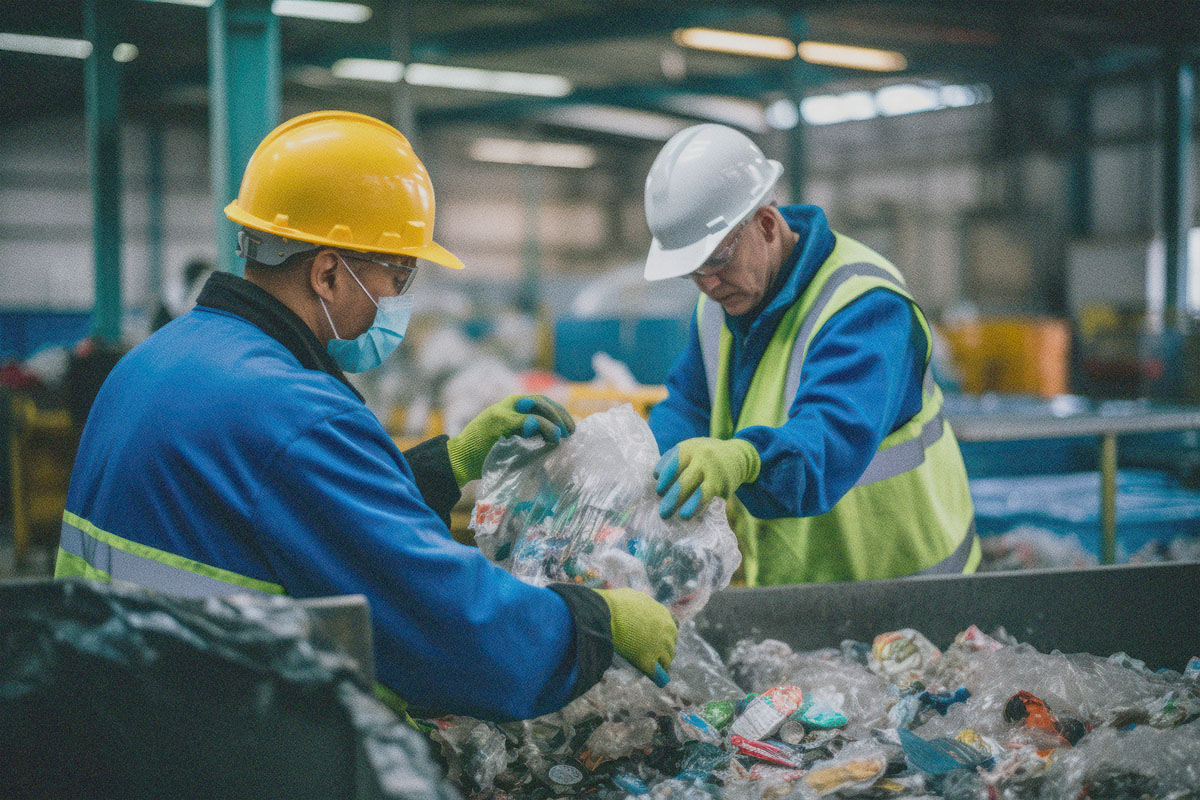Keep reading about similar topics.


Pollution
by The Intercept
→

Have you ever seen a building product advertise that it contains recycled content and wondered what that material actually was and where it came from? We certainly have. Many building products advertise recycled content, but most often the identity and chemical makeup of the recycled material are not shared.
Using products that contain recycled content can be a great way to reduce environmental impacts and support a circular economy by keeping still-useful materials out of landfills and avoiding the impacts of manufacturing virgin materials. Unfortunately, some recycled materials contain toxic chemicals that come along for the ride when incorporated into new products. For example, 2015 testing of a range of vinyl floors found high levels of toxic lead and cadmium from recycled content in the inner layers of the floors.1
Defining recycled content
Recycled content is broadly broken down into pre-consumer and post-consumer materials. As defined by the U.S. Green Building Council2 :

Ensuring safer recycled materials
While some recycled feedstocks, such as sawdust and glass containers, can be safely recycled into new products, others contain legacy contaminants that can lead to toxic exposures when used in new products. To address the potential for toxic re-exposures from recycled materials, HBN worked with green building standards such as LEED and Enterprise Green Communities to include credits that consider not just if a product contains recycled content, but also what that content is and if it has been screened for potential hazards.
Enterprise Green Communities Criterion 6.2, Recycled Content and Ingredient Transparency, acknowledges that the need for content transparency applies to recycled content as well as virgin materials. It calls for using products that contain post-consumer recycled content where the origin of the recycled content is publicly disclosed along with information on how the recycled content is screened for or otherwise avoids heavy metals.
Mind the data gap
Product manufacturers may not always have detailed content information available for the recycled materials they use. Supply chain tracking and internal screening requirements can help manufacturers ensure that the recycled materials they incorporate into new products don’t bring along hazardous contaminants.
Building a Sustainable Future
Removing toxic chemicals from new products makes a commercial afterlife possible, supports a safe and circular economy, and minimizes negative human health impacts. Using materials that are recoverable at the end of their life and building infrastructure to reuse or recycle them will lessen future impacts. Fully and transparently documenting product contents now also supports future recycling by identifying materials that may later be determined to be toxic.
As a building material specifier, the next time you consider a product with recycled content, make sure to ask the manufacturer for full transparency of product content, including where that recycled content came from.

Together we can reduce human exposure and work towards a safe and circular economy.